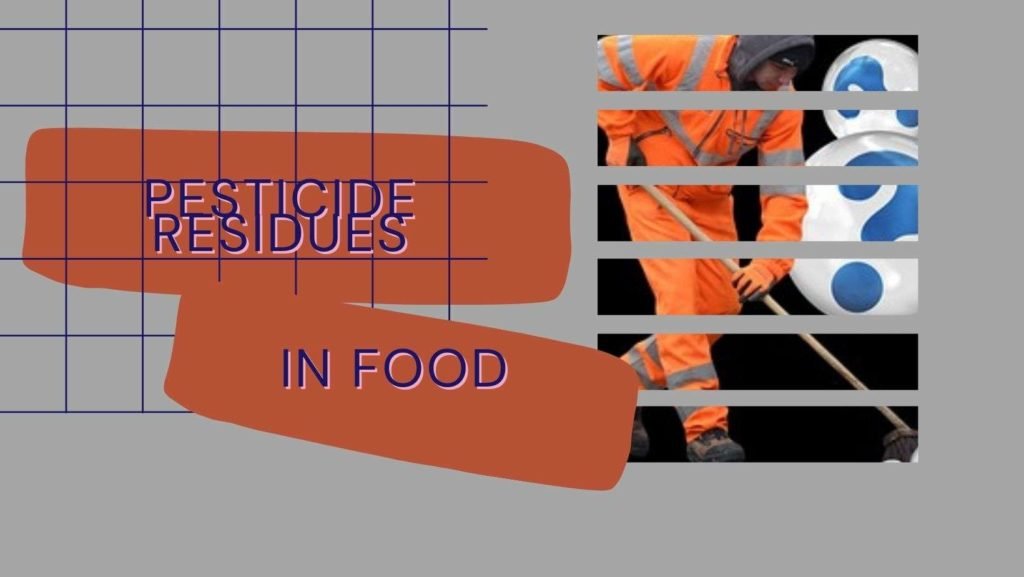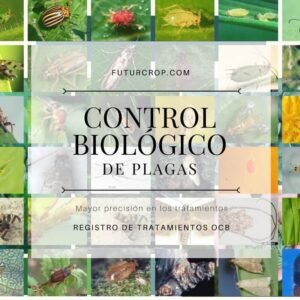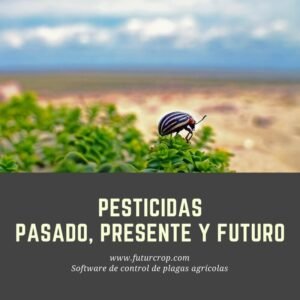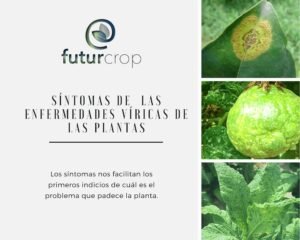Recommendations for pesticide use
The use of pesticides is so widespread in intensive agriculture that the presence of chemical residues in food is considered inevitable. The agricultural and industrial practices that enable mass food production are based on the widespread use of chemicals. But every insecticide treatment on crops leaves chemical residues in the food we eat.
Agrochemical producers, aware of the possible danger of the toxic products they produce, refer to the safe, recommended and authorized use of pesticides, determining that instructions for use and safety periods between pesticide application and harvesting should be respected.
But are these recommendations safe? This information can be questioned, to the extent that growers pay the independent laboratories that establish these recommendations.
Recommendations for pesticide intake
Most studies on the effects of pesticides on human health have been conducted on agricultural workers and agrochemical handlers. But the reality is that we are all exposed to a cocktail of pesticides through food intake. It is difficult to conduct studies of other kinds, because determining the consequences of pesticides in food is difficult to assess, as most people are exposed, by other routes, to many other chemicals.
Since the use of pesticides is considered to be already widespread in the current food production system, once the damage that each pesticide can cause is known, regulatory agencies try to delimit their risks by determining the safe level of intake of each pesticide.
Maximum Residue Limit (MRL) in Food
The Codex Alimentarius Commission (a body under FAO and WHO) sets maximum residue limits (MRLs) for pesticides in food.
But there are several problems with this regulation of risk through MRLs.
Problems in the determination of the MRL calculation
Logically, the criteria for determining MRLs are the result of the effects of pesticides in tests carried out on laboratory rats. The procedure consists of estimating the maximum daily amount that laboratory rats could consume without being harmful during their lifetime. The results are extrapolated considering that humans have a longer half-life and higher weight than laboratory rats. And, to be on the safe side, they formulate a safety factor, which sets the maximum permissible value at 100 times less than the no-effect level.
But the lab rats do not eat salads, which contain vegetables with different (approved) levels of pesticide residues. In other words, the overall limit of the set of insecticide residues ingested in different foods is not considered, but the individual limit of each food. And in these cases, the whole may be more than the sum of its parts.
There are more problems in the calculation of MRLs. In that extrapolation from the rat to the human adult, the MRLs are determined with respect to the body weight of an adult. But, since children do not weigh 80 kg, which is the average calculation weight, children consume much higher relative levels of the pesticide. The current European Union Directives for baby food determine strict MRLs. The problem is that this population group is not protected to the same level when consuming fresh fruit and vegetables.
Combined exposure to pesticides from food
Adults are also not really risk-free with the setting of maximum residue limits for toxic substances in food. Our combined exposure to pesticides in fresh foods, in processed foods, in the environment or in water, is not being considered when setting MRLs.
Pesticides accumulate in the body, so small but continuous exposures can eventually result in a noticeable buildup. Because a lot of little ones make a lot. And, in reality, no one has really taken into account the health effect of exposure to small doses of pesticides on a prolonged basis.
The problem of the period of the insecticide effect on the organism
There is another disturbing fact in this matter. In the 1960s Western society began to become aware of the harmful and in many cases carcinogenic potential of DDT. It was banned in many countries at the end of the decade, in the USA in 1972 and in Spain in 1977. In other words, it can take a long time from the time the harmful effect of a substance is confirmed until its use is banned or limited. DDT continues to be legal in India. And no one can deny that thanks to DDT malaria was eradicated in Europe and other parts of the world.
Compliance control
Finally, regarding the presence of pesticide residues in food, it is true that the European Food Safety Authority (EFSA), and other public bodies, periodically analyze food samples to determine whether pesticide residues are within maximum residue limits (MRLs). In recent years, a very low percentage of foodstuffs have contained pesticide residues. Thus, the European agency, and other public bodies, conclude that chemical residues do not pose a health risk to consumers.
But what if the MRL is not calculated according to real criteria for the elderly and children, and what if possible future long-term effects of residues on the body have not been taken into account?
Then this limit and the certification of compliance is giving a false idea of safety to consumers.

FuturCrop calculates short-term forecasts of the activity of 179 agricultural pests, based on accumulted temperature thresholds associated with critical stages of their life cycle.
FuturCrop forecasts indicate, for a given day, the stage of the pest’s life cycle and the day for the most efficient treatment.
More information








